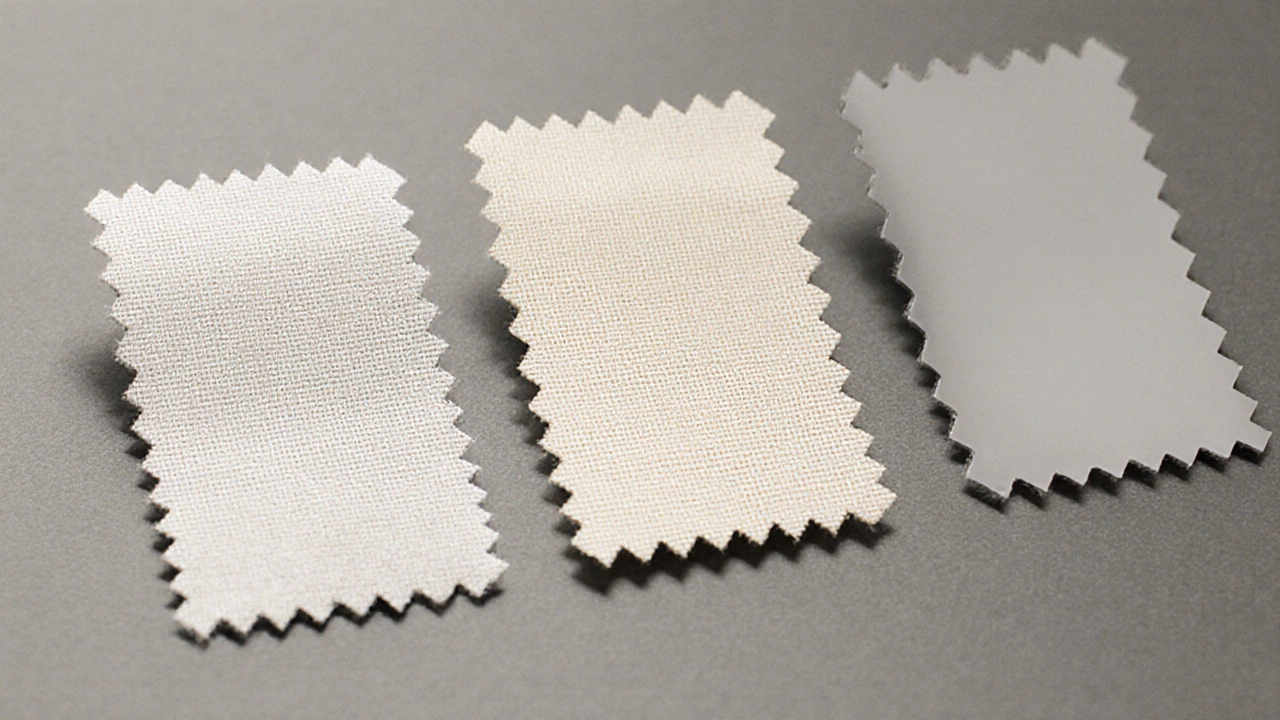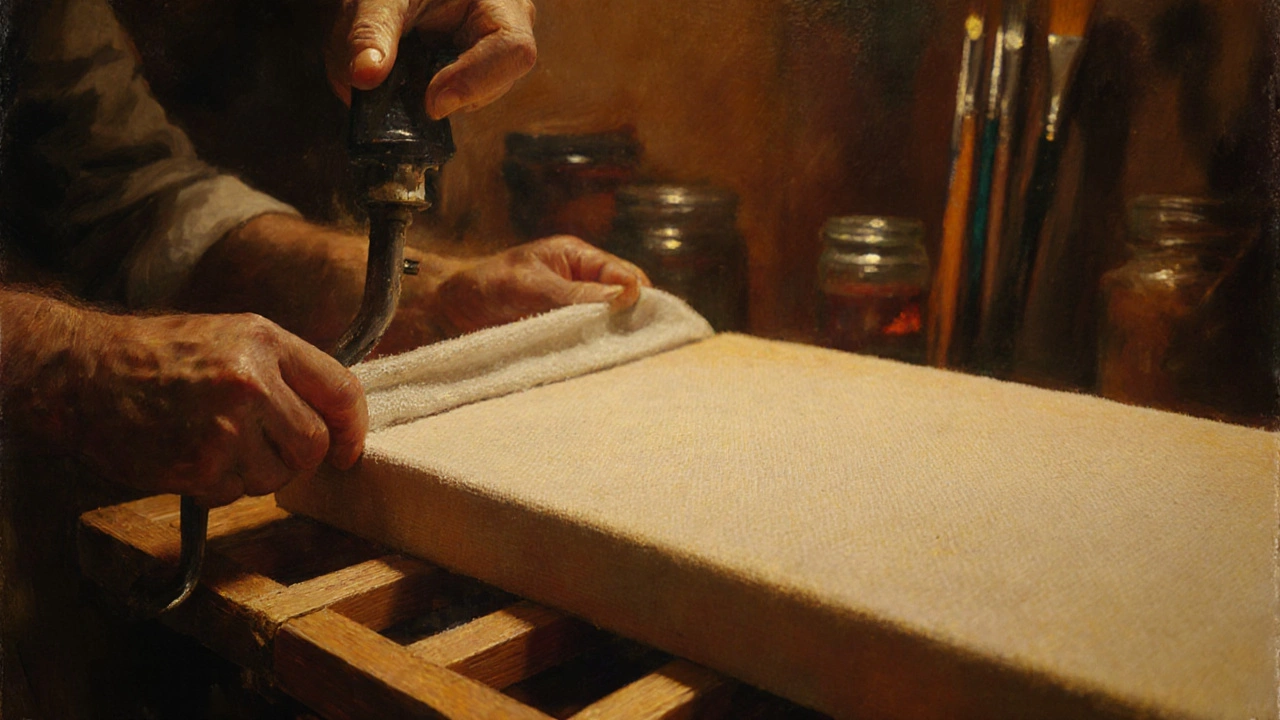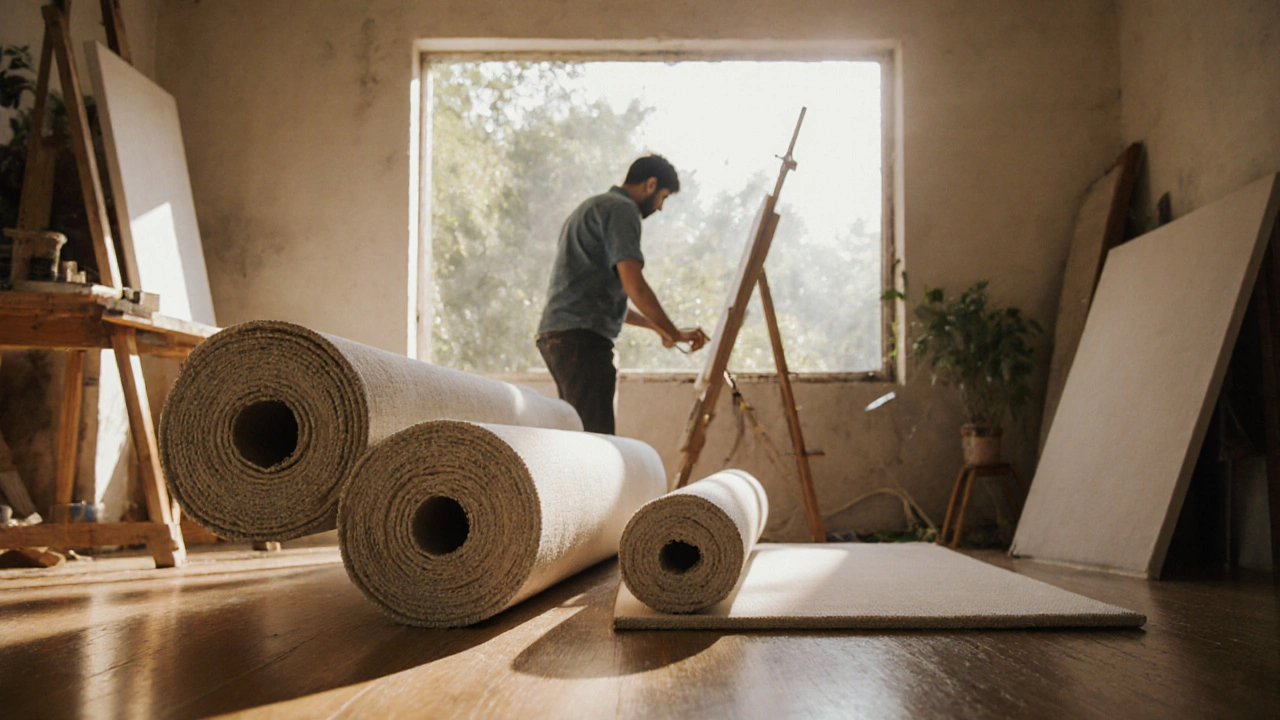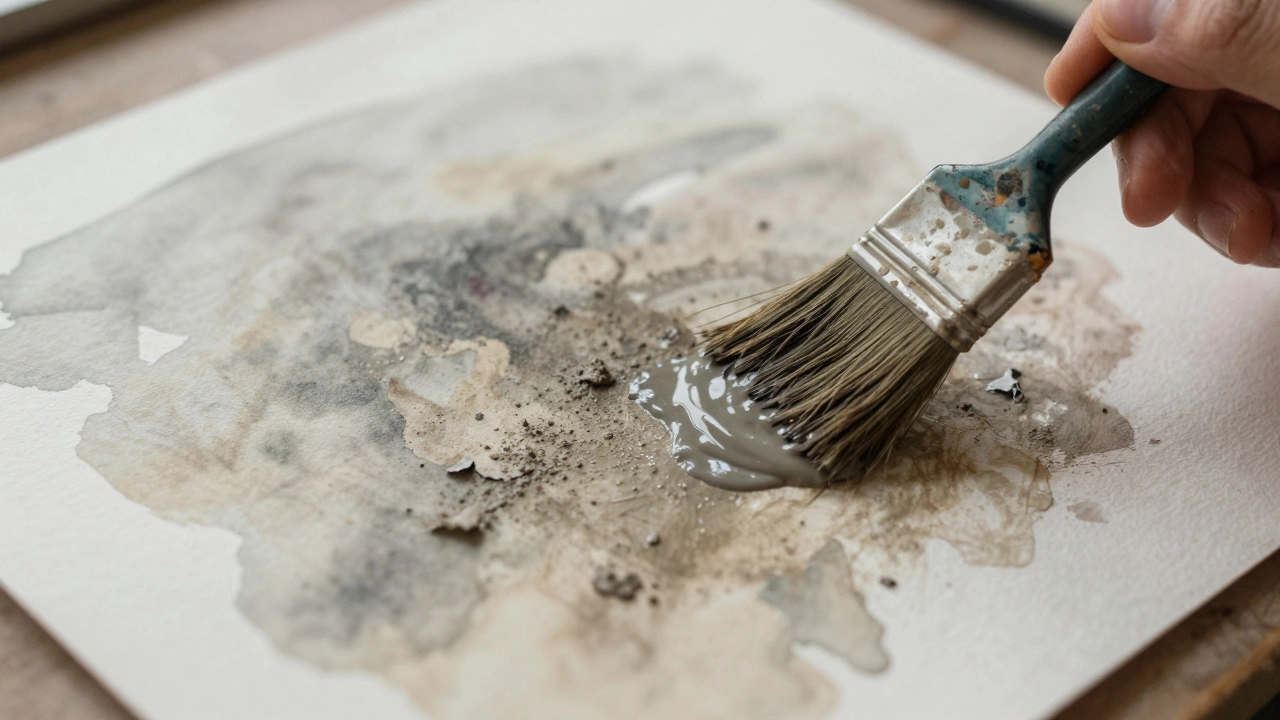Oil Canvas Selector
Choose your painting needs to get personalized canvas recommendations.
Recommended Canvas
Select your options and click 'Get Recommendation' to see your personalized canvas choice.
Finding the best canvas for oil painting can feel overwhelming with all the choices on the market. Whether you’re a beginner setting up a home studio or a seasoned realist chasing that perfect surface, the right canvas makes a huge difference in texture, durability, and how your colors behave.
What is an Oil Painting Canvas?
Oil painting canvas is a woven fabric specifically designed to support oil paints. It typically arrives pre‑stretched over wooden stretcher bars, primed with a ground such as gesso. Canvas provides a flexible, breathable surface that lets oil paint dry slowly, preserving color richness.
Key Canvas Materials
Three main fibers dominate the market: linen, cotton, and polyester. Each has its own feel, cost, and performance profile.
| Material | Weight Range (gsm) | Texture | Typical Cost (USD per 16×20 in) | Best For |
|---|---|---|---|---|
| Linen canvas | 10-20 | Fine, uniform weave | $30-$80 | Fine detail, professional work |
| Cotton canvas | 8-12 | Medium grain | $10-$25 | Beginners, mixed‑media |
| Polyester canvas | 7-10 | Smooth, synthetic | $8-$20 | Outdoor work, budget projects |
Linen vs. Cotton: When to Choose Each
Linen is made from flax fibers, giving it a high tensile strength and a naturally fine grain. That strength translates into less sag over time, especially important for larger formats or heavy oil builds. Artists who value a buttery, smooth surface for glazing often gravitate toward linen.
Cotton, derived from plant fibers, is more affordable and widely available. Its looser weave can hold thicker paint layers without cracking, but it may stretch slightly under heavy weight. For students, hobbyists, or anyone on a budget, cotton offers a solid compromise.
Why Canvas Weight Matters
Canvas weight, measured in grams per square meter (gsm), directly affects how the surface reacts to paint. Lightweight canvases (under 10gsm) flex easily and are great for quick studies, but they can bow under heavy impasto. Mid‑weight canvases (10‑14gsm) balance flexibility and support, making them the most popular choice for everyday oil painting. Heavyweight options (15gsm and up) provide a rigid base ideal for detailed work and large panels.

Priming and Ground Preparation
Even the best canvas needs a proper ground. Canvas priming involves applying multiple coats of gesso to seal the fibers and create a slightly absorbent surface. Most artists use a two‑coat approach: a thin first coat to soak into the weave, sand it smooth once dry, then a second coat for a uniform finish.
Skipping priming can lead to paint soaking into the fabric, causing discoloration and weakening the canvas over time. If you buy a pre‑primed canvas, still check the texture-some manufacturers use acrylic gesso, which behaves differently than traditional oil‑based grounds.
Tension, Stretcher Bars, and Longevity
Tight tension is crucial. Over‑tightening can cause the canvas to crack; too loose and it will sag. Quality stretcher bars are typically made of kiln‑dried pine or hardwood, with removable corner keys for fine‑tuning tension. A good rule of thumb: after the final coat of priming dries, press a fingernail into the surface. If it flexes noticeably, retreat to the corners and tighten the keys.
For very large works, consider cross braces or a reinforced frame to prevent warping. Properly tensioned canvases can last for generations-many museum pieces still survive on their original stretcher bars.
Practical Tips from Working Artists
- Buy a small test piece of each material before committing to a full‑size canvas.
- If you prefer a smooth surface for glazing, sand the final gesso coat with fine (400‑600) grit sandpaper.
- For heavy impasto, use a heavyweight linen canvas (15gsm+) and apply a medium‑weight oil primer instead of standard gesso.
- Store rolled canvases in a climate‑controlled room; extreme humidity can loosen the weave.
- When stretching a new canvas yourself, pull the fabric about 1inch beyond the stretcher edges before stapling for a tighter finish.

Quick Decision Checklist
- Determine your budget: linen ($30+), cotton ($10-$25), polyester (<$20).
- Choose weight based on paint thickness: light (<10gsm), medium (10-14gsm), heavyweight (≥15gsm).
- Pick material based on texture preference: fine weave (linen), medium grain (cotton), smooth synthetic (polyester).
- Confirm the canvas is pre‑primed with oil‑compatible gesso or plan to apply your own.
- Inspect stretcher bars for sturdy construction and reachable corner keys.
Frequently Asked Questions
Frequently Asked Questions
Is cotton canvas good enough for professional artwork?
Cotton canvas can produce museum‑quality work if you use a high‑grade linen‑like cotton (often labeled "cotton duck") and apply a solid priming system. Many artists start on cotton before moving up to linen.
How many coats of gesso should I apply?
Two coats are standard: a thin soak‑in coat, sand, then a final smooth coat. For very absorbent canvases, a third coat adds durability.
Can I stretch my own canvas, or should I buy pre‑stretched?
Both work. Stretching yourself costs less and lets you control tension, but pre‑stretched canvases save time and are consistently taut if sourced from reputable brands.
Does polyester canvas hold oil paint as well as cotton?
Polyester is less absorbent, so oil paint sits on top longer, which can be beneficial for glazing but may require a stronger primer to prevent cracking.
What temperature and humidity range is safe for storing canvases?
Aim for 65-75°F (18-24°C) and 40-50% relative humidity. Fluctuations beyond this can cause the canvas to expand or contract, leading to tension loss.





